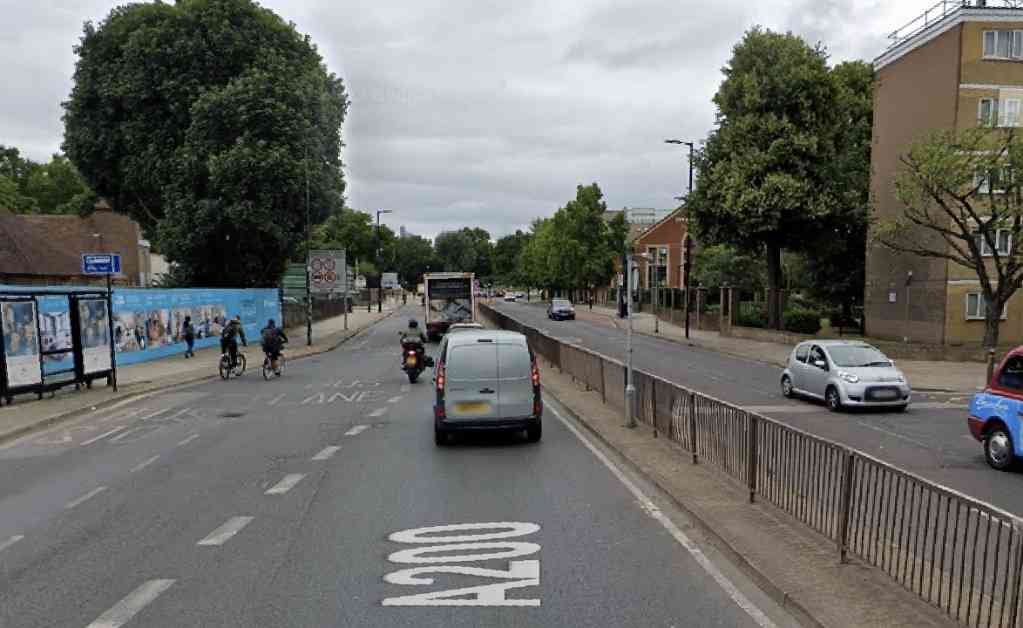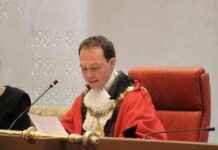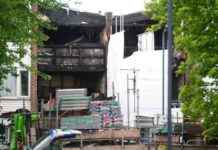Southwark Council has been making headlines for issuing fines exceeding £500,000 at just one bus lane on Lower Road in Rotherhithe. The specific bus lane near the junction with Culling Road, close to Albin and Sons, has become notorious for catching out unsuspecting motorists. The fines, known as Penalty Charge Notices (PCNs), come with a hefty price tag of £130 each, but can be reduced by 50% if paid within 14 days.
According to data obtained through a Freedom of Information (FOI) request by the News, between July 2023 and July 2024, Southwark Council handed out a staggering 4,478 bus lane PCNs at the Lower Road junction with Culling Road. The total amount collected from these fines reached a whopping £582,140. This data sheds light on the significant revenue generated from enforcing bus lane regulations in the area.
Payment statistics revealed that 474 fines were paid in full, amounting to £61,620. Additionally, 2,547 fines were settled at the discounted rate, totaling £165,555. However, a substantial number of fines, 1,393 to be exact, remain unpaid. Among these outstanding fines, 760 were contested or appealed by the motorists who received them. Remarkably, in 64 cases, the fines were ultimately cancelled, underscoring the importance of due process and the potential for errors in enforcement.
The Impact on Drivers
The significant number of fines issued at the Lower Road bus lane junction raises concerns about the impact on drivers, both financially and logistically. For many motorists, receiving a PCN can be a stressful experience, especially when faced with the prospect of paying a substantial fine. The prevalence of fines at this particular location suggests that there may be factors contributing to drivers inadvertently entering the bus lane.
In response to the data, several drivers shared their experiences of being fined at the Lower Road bus lane. One driver, who preferred to remain anonymous, recounted how they were unfamiliar with the area and unintentionally drove into the bus lane while trying to navigate the congested junction. The driver expressed frustration at the lack of clear signage or warnings leading up to the bus lane, highlighting the need for improved visibility and guidance for motorists.
Enforcement and Compliance
The enforcement of bus lane regulations plays a crucial role in maintaining traffic flow and ensuring the safety of all road users. However, the high number of fines issued at the Lower Road junction prompts questions about the effectiveness of current enforcement measures. While penalties are essential for discouraging illegal behavior, it is equally important to consider whether drivers are adequately informed about bus lane restrictions and provided with sufficient opportunities to comply.
Southwark Council’s response to the FOI data highlighted their commitment to enforcing bus lane regulations in the interest of road safety. A spokesperson for the council emphasized the importance of compliance with traffic laws to prevent congestion and improve the overall flow of traffic in the area. The spokesperson also acknowledged the need for ongoing review and assessment of bus lane enforcement strategies to ensure fairness and proportionality in issuing fines.
Community Impact and Alternatives
The significant revenue generated from bus lane fines at the Lower Road junction raises questions about the broader impact on the local community. While enforcement measures are necessary to regulate traffic and maintain order on the roads, there is a balance to be struck between enforcement and supporting drivers in complying with regulations. Some residents have raised concerns about the disproportionate burden placed on motorists, particularly in areas where bus lane fines are prevalent.
In light of the FOI data revealing the extent of fines issued at the Lower Road bus lane, there have been calls for alternative approaches to promoting compliance and reducing the number of PCNs issued. Suggestions include improving signage and road markings to clearly indicate bus lane boundaries, as well as implementing educational campaigns to raise awareness among drivers. By fostering a culture of compliance and providing drivers with the information they need to navigate road restrictions, authorities can work towards creating a safer and more efficient traffic environment.
In conclusion, the FOI data on bus lane fines at the Lower Road junction in Rotherhithe highlights the complexities of enforcing traffic regulations while balancing the needs of drivers and the community. While fines serve as a deterrent for illegal behavior, there is a need for ongoing evaluation of enforcement strategies to ensure fairness and effectiveness. By engaging with drivers, improving signage, and exploring alternative approaches to promoting compliance, authorities can work towards creating a harmonious and efficient traffic system that benefits all road users.












